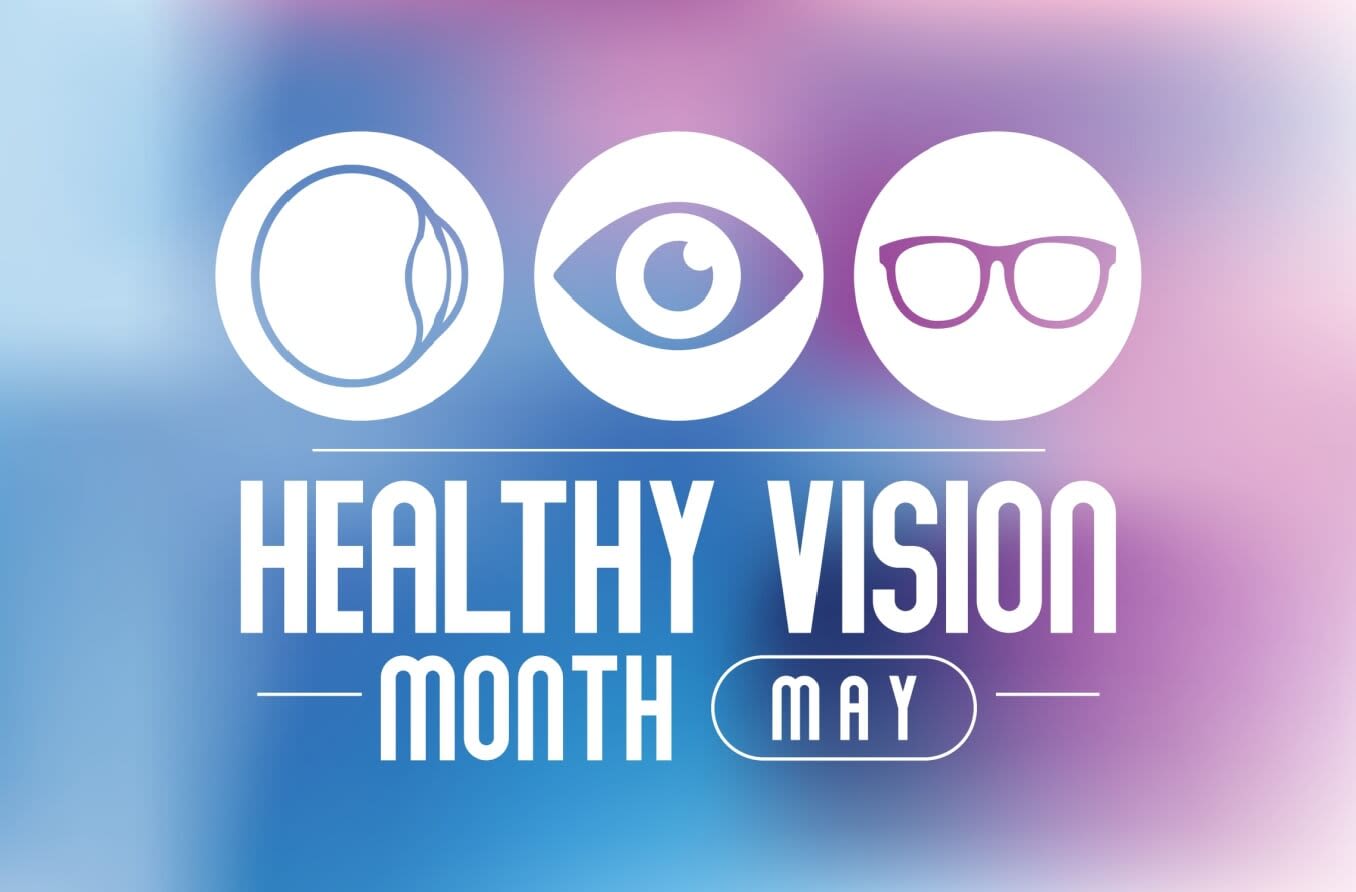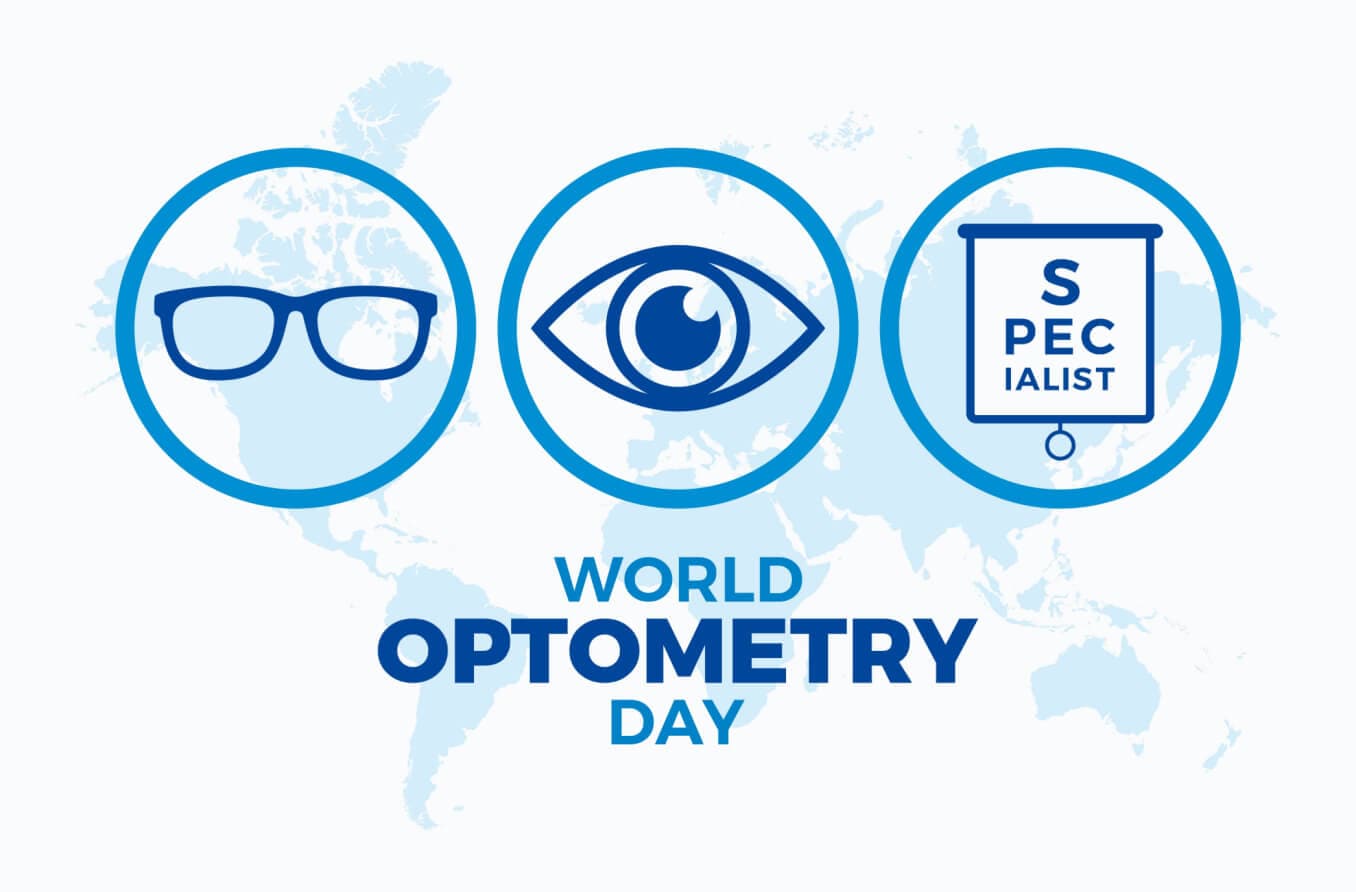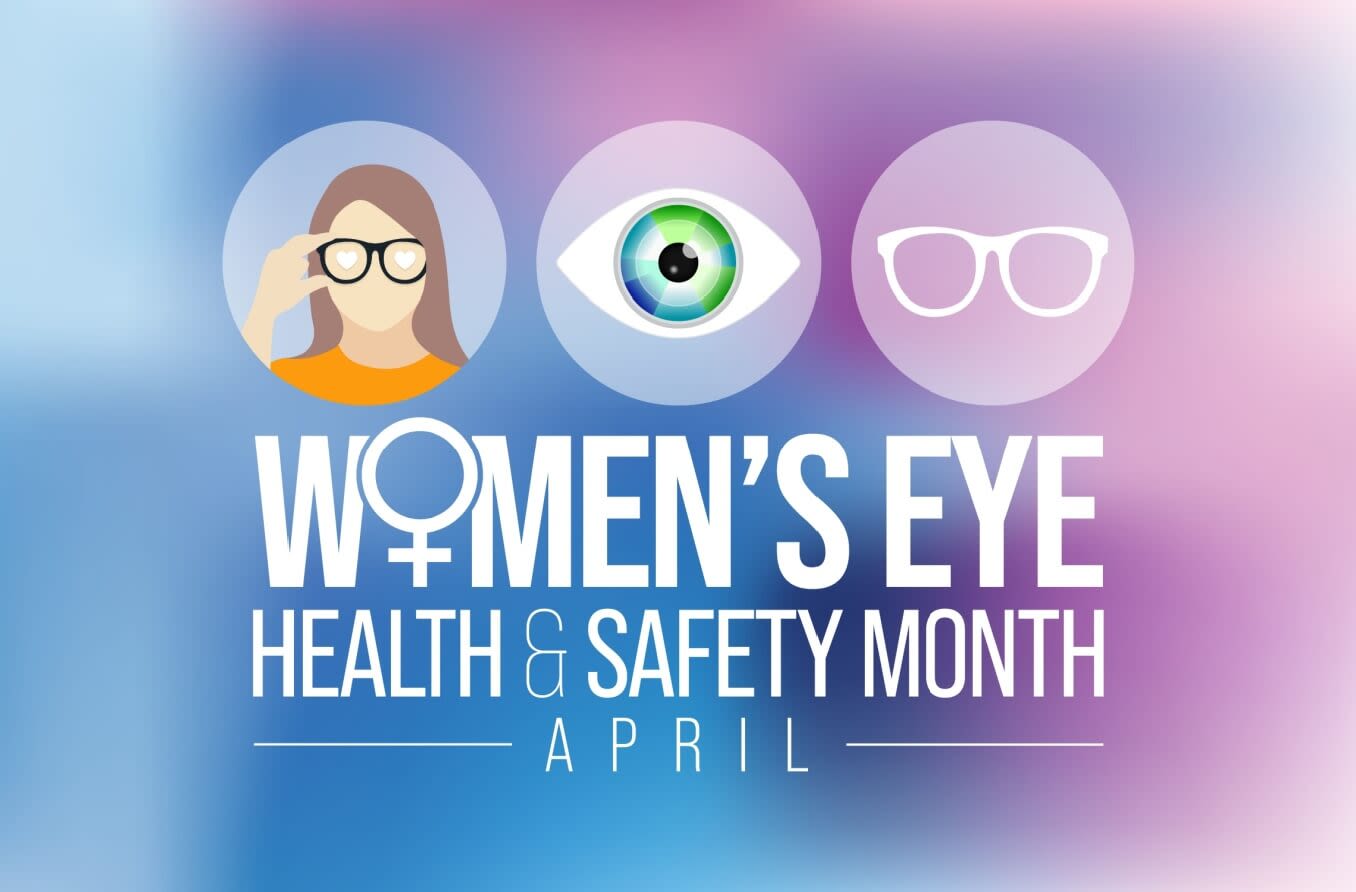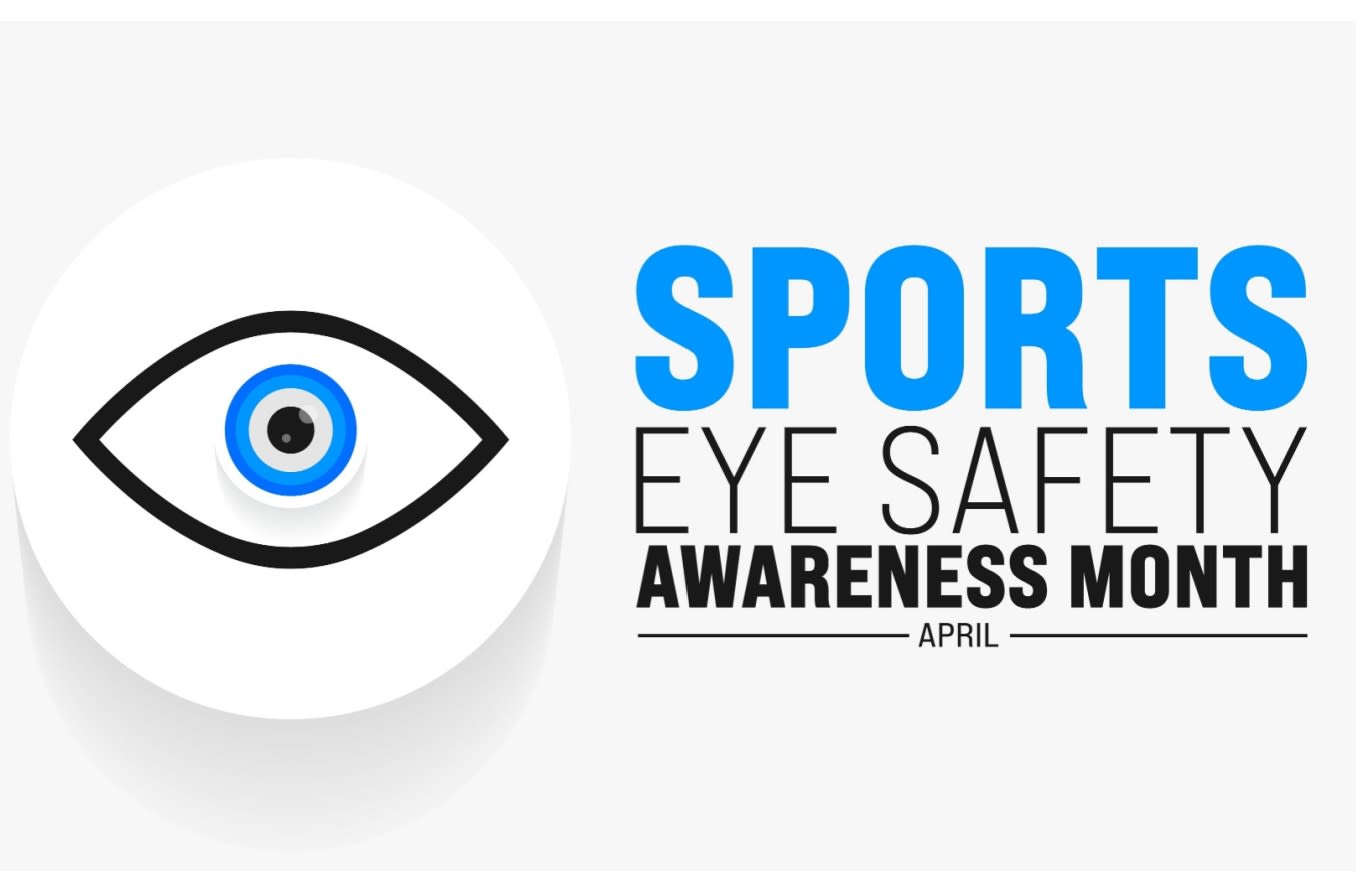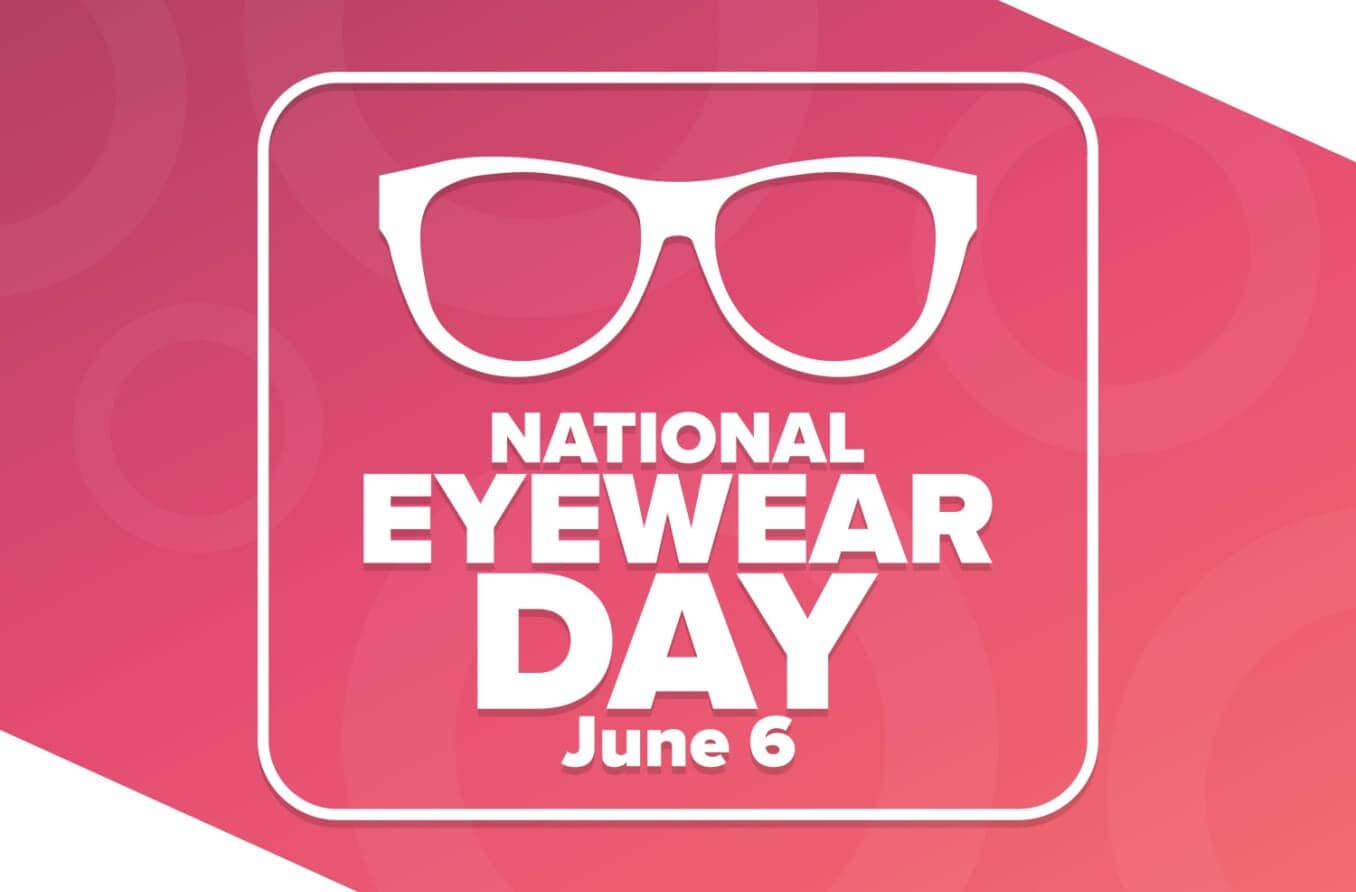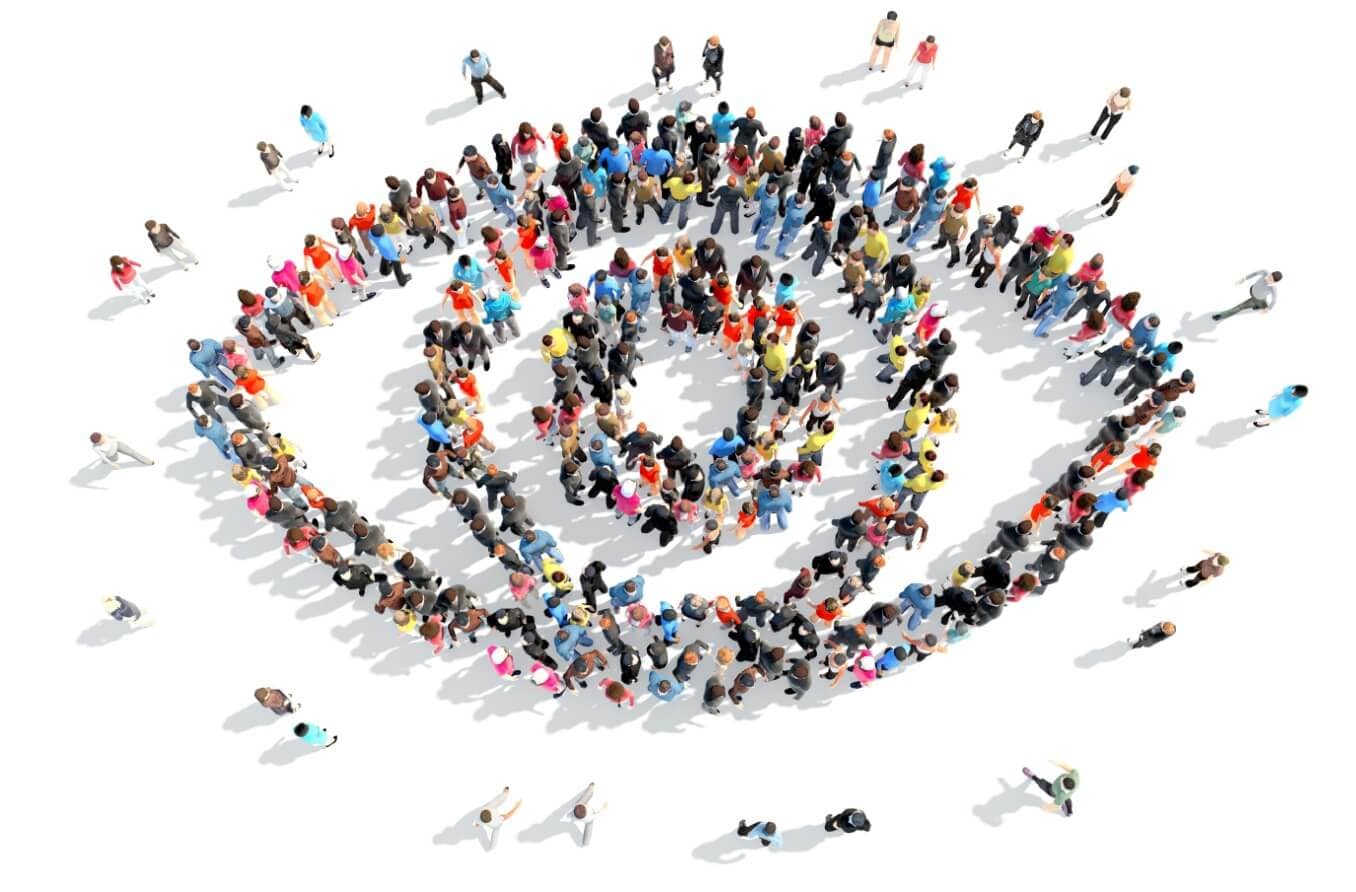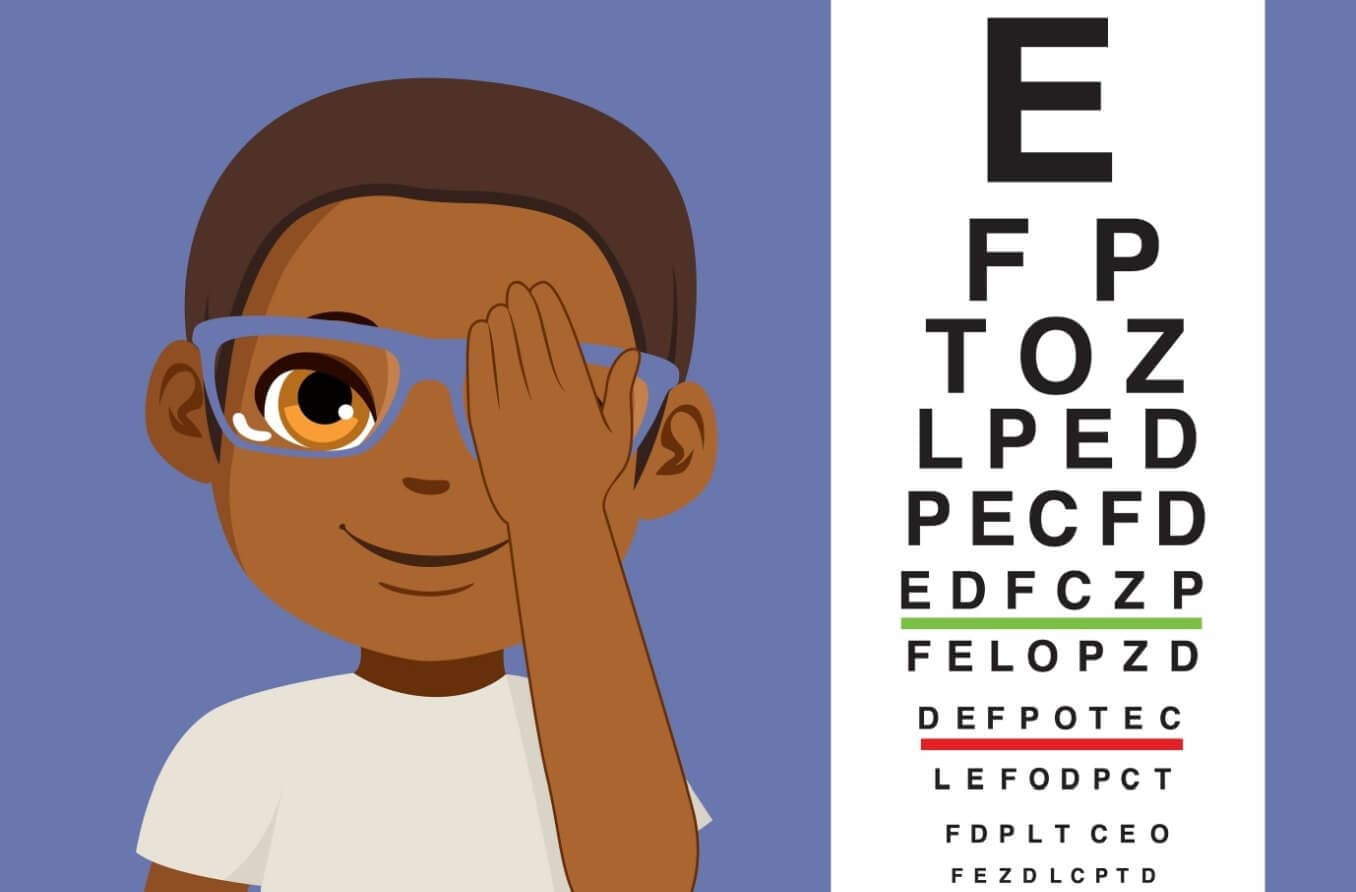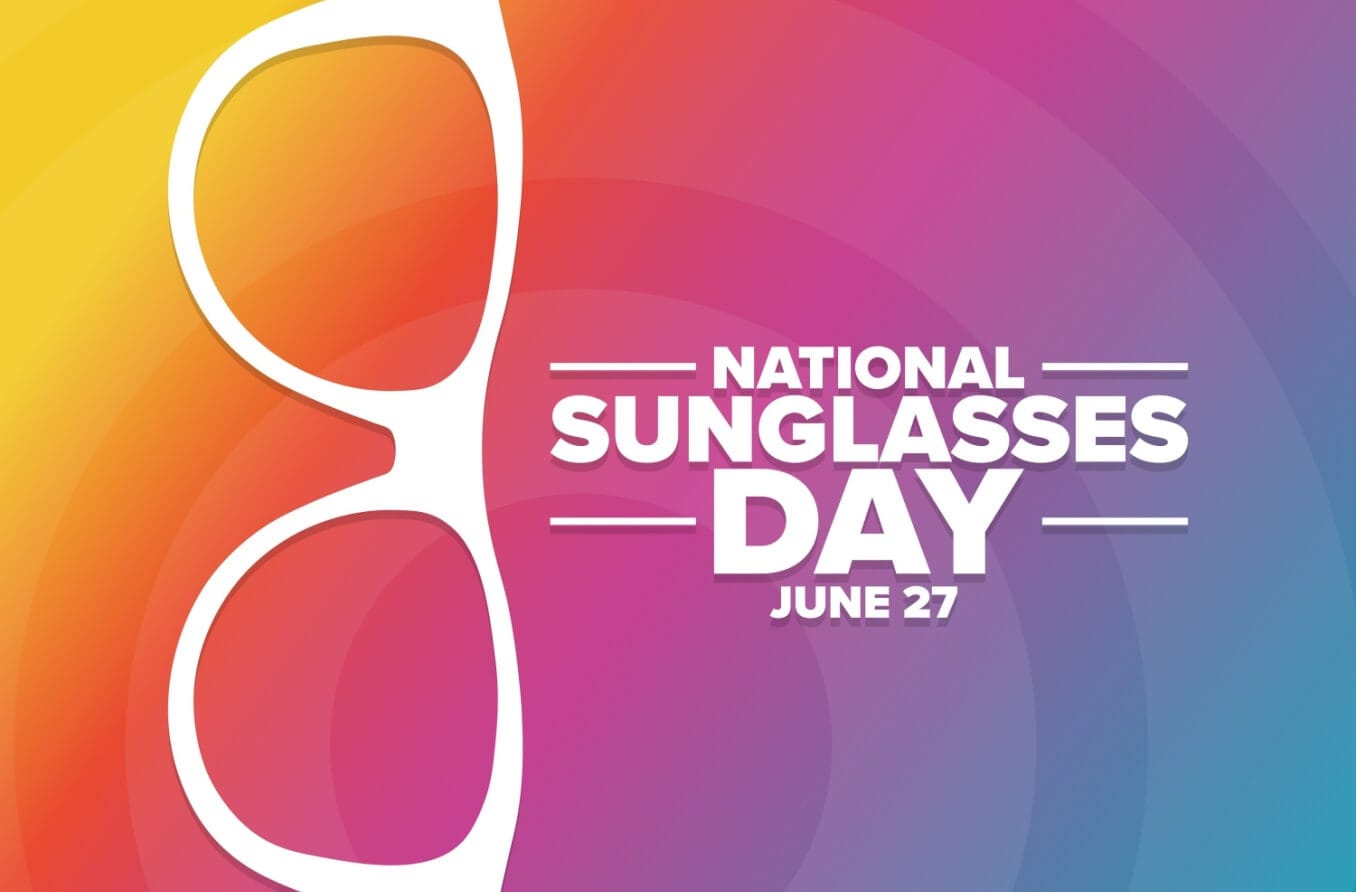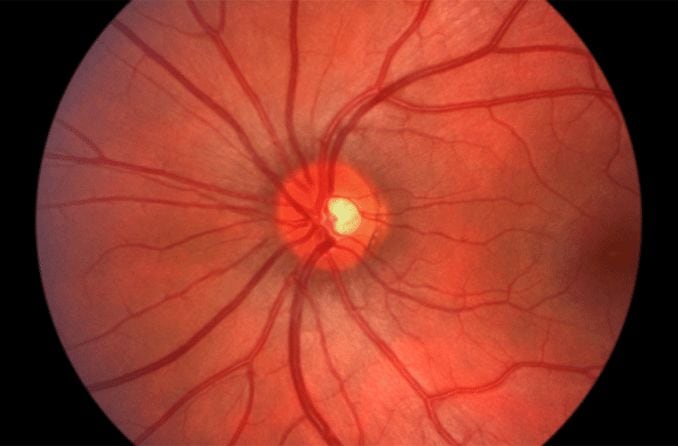History of Healthy Vision Month
May was declared Healthy Vision Month by the National Eye Institute in 2003. The goal is to raise awareness about the importance of eye health and safety so people across the United States (and the world) will make their vision a priority.
Why is Healthy Vision Month important?
Vision impacts every aspect of a person’s life, yet approximately 37 million adults in the U.S. have an eye health condition that may eventually lead to vision impairment or blindness. These conditions include:
Age-related macular degeneration (AMD) – AMD is a disease that causes a loss of central vision. It is the most prevalent cause of vision loss in people aged 50 and older.
Glaucoma – Glaucoma is a disease that damages the optic nerve. Elevated intraocular pressure (IOP) is considered a leading risk factor for glaucoma. There is no single known cause for primary glaucoma.
Diabetic retinopathy – This eye condition can affect people with Type 1 or Type 2 diabetes. It damages the blood vessels in the retina (the light-sensitive tissue in the eye).
Cataract – A cataract is when the normally clear natural lens in the front of the eye gets cloudy, causing your vision to become blurry or hazy. An untreated cataract can lead to vision loss. Cataract surgery can safely treat this condition and, in most cases, fully restore vision.
READ MORE: What are the leading causes of blindness?
Tips for healthy vision
There are a number of things you can do to keep your eyes healthy and safe. Read on to learn some of the best ways to take care of your eyes.
Get a dilated eye exam
During a dilated eye exam , your eye doctor uses dilating drops to make your pupils bigger (or dilated). They also shine a light into your eyes to help make the internal structures easier to view. An instrument with a magnifying lens helps them see the structures more easily.
With dilated pupils, your doctor gets a wider, more well-lit view into the back of your eyes, making it easier for them to see your optic nerve, retina and blood vessels. Your doctor uses this wider view to more thoroughly check your eye health than in a non-dilated exam.
They’re able to look for early signs of numerous eye conditions and systemic health conditions such as glaucoma, diabetes and high blood pressure.
SEE RELATED: 8 things your eyes can reveal about your health
Wear sunglasses
The sun’s ultraviolet (UV) rays can harm your eyes, even on a cloudy day. By wearing sunglasses that provide 100% UVA-UVB lens protection (or UV 400), you can help keep your eyes safe from the damaging effects of long-term UV exposure.
Wearing UV-protective sunglasses can also help lower your risk of developing cataracts, age-related macular degeneration, eye cancer and growths on the eye.
READ MORE: 5 eye conditions linked to sun damage
Know your risk factors
Certain factors can increase your risk of vision loss and blindness. These include:
Family history – Some eye diseases are hereditary, including glaucoma and keratoconus (thinning of the cornea).
Race/ethnicity – Some people are more likely to have certain eye conditions. For example, primary open-angle glaucoma is more prevalent among Black and Hispanic populations.
Chronic health conditions – Diabetes, heart disease and high blood pressure can have a negative impact on your vision.
Smoking or being physically inactive –These behavioral factors can increase your risk.
Use protective eyewear
Protective eyewear like goggles, safety glasses, eye guards and safety shields can help keep your eyes safe when you’re doing things that could lead to eye injury. Some activities that may have a higher risk of eye injury include:
Sports, especially for basketball and baseball
Yardwork
Home repairs
Carpentry, welding and other jobs that require workplace eye safety
Live a healthy lifestyle
Having healthy habits like not smoking, maintaining a healthy weight and managing chronic health issues can help reduce your risk of eye disease.
Your diet can also impact your eye health. Try to eat foods rich with vitamins, minerals and antioxidants, including:
Leafy greens like spinach, collard greens and kale (good sources of carotenoids)
Food rich in omega-3 fatty acids such as albacore tuna, halibut, salmon and trout
Colorful fruits like raspberries, peaches and cantaloupe (sources of vitamin C and beta-carotenes)
You should also try to limit your intake of:
Alcohol
Foods with a lot of sodium
Highly caffeinated drinks
READ MORE : Nutrition for healthy eyes
Remember kids’ vision health
Children’s eyes change a lot as they grow. Here are some important steps you can take to make sure their eyes are healthy and that their vision is developing normally:
Take your kids for regular eye exams.
Provide a balanced diet.
Spend time outside.
Schedule an eye exam this month
To celebrate Healthy Vision Month this May, make an appointment with your eye doctor for a comprehensive eye exam. Your eyes will thank you.
READ NEXT: National Eyewear Day

